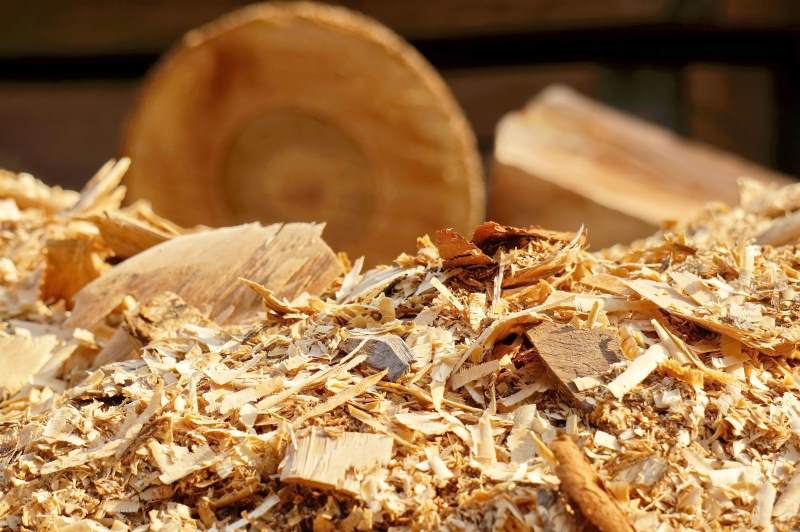The amount of scrap tires filling landfills and being left on the sides of the roads in the United States increases every year. While there are ways in which scrap tires are being recycled, the amount of tires discarded has increased the need to find other tire recycling practices. Different methods and ways to recycle scrap tires are being invented and tested every year. Recycling scrap tires into construction material is looking more promising than ever before. And turning tires into masonry blocks will likely be common practice in years to come.
Why Rubber?
Rubber is an ideal material in construction for a variety of reasons. It is sustainable and durable, providing good insulation to whatever structure it is used to build. Using masonry blocks containing rubber in construction would allow heating to be reduced significantly, reducing the cost by close to 50 percent. Rubber even has the potential to improve a building’s earthquake safety by acting as shock absorbers for the building. The benefits are undeniable.
How to Make Rubber Masonry Blocks
The process for making rubber masonry blocks is very similar to the process used to create traditional masonry blocks. Both sand and scrap tires are ground into very fine particles. They are then combined. In order for the blocks to maintain the same strength as that of tradition masonry blocks, only about 20 percent of the sand can be replaced with rubber. With that percentage alone, the benefits of using rubber are significant.
As other groups work to make rubber masonry blocks a viable option, the blocks are put under a variety of tests. Using a compression machine, the rubber blocks are tested in order to compare their strength with that of a conventional masonry block.
The bricks are also tested in environmental chambers, where the rubber blocks are put under extreme humidity and temperature, creating various weather conditions to which rubber blocks could be exposed.
Success of the Rubber in Building
Georgia Tech has used this system in its very basic form, with much success. By using tires found in a trash sandbar, faculty and students were able to build what they called an “earthship” in 2012. This structure has walls built of recycled tires and earth. With solar panels and a rainwater collection system attached, the structure was built to be entirely self-sustaining. The insulation abilities of the tires moderates the interior temperature of the structure, allowing them to raise a variety of vegetation within the structure.
The potential of scrap tires to be used as building material is endless. With used tires filling landfills and even spreading diseases through the mosquitoes and rats living in them, the need for tires to be recycled is evident. With the proven cost benefits of using rubber as a construction material, scrap tires will quickly become a desired commodity.




